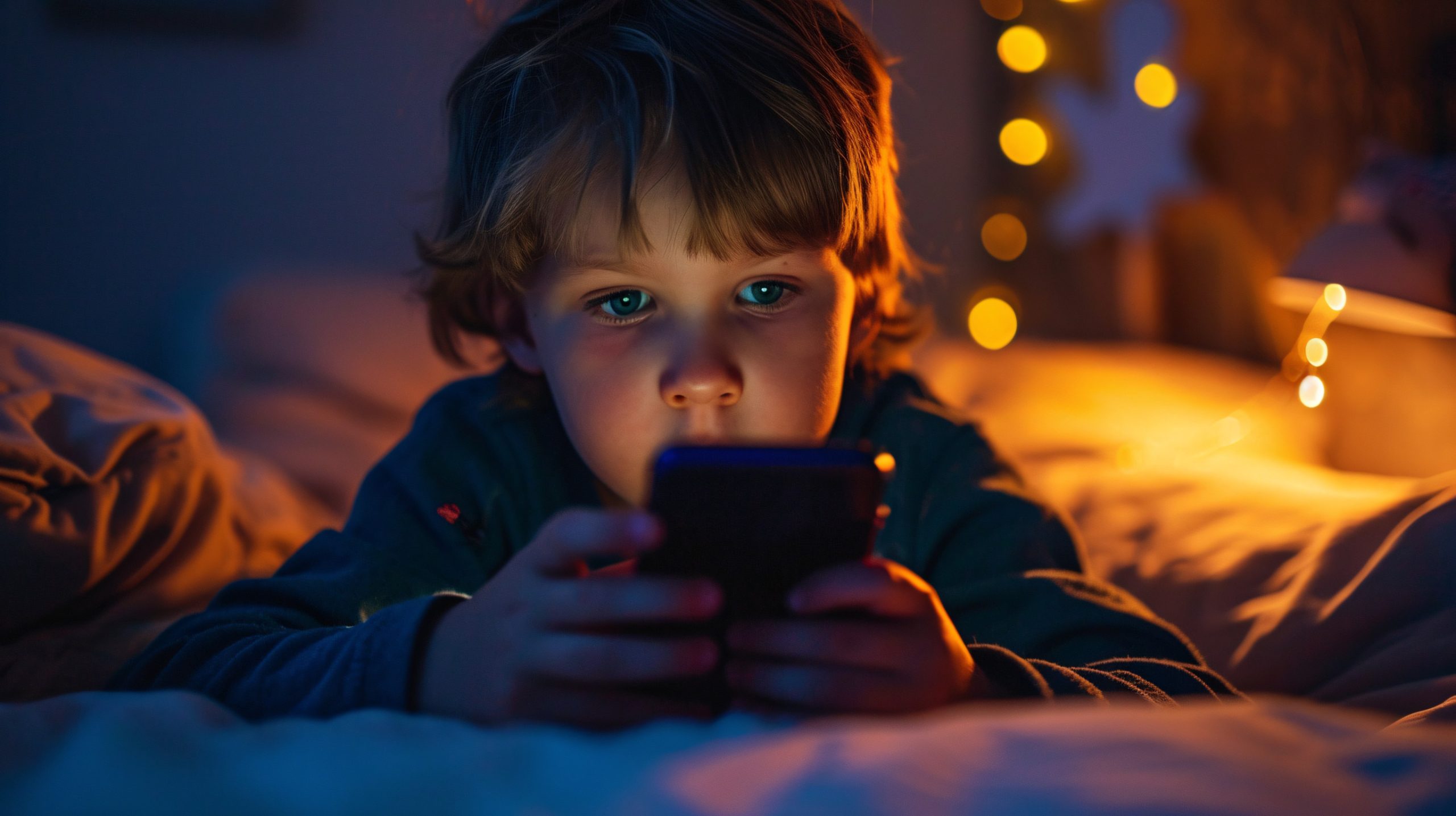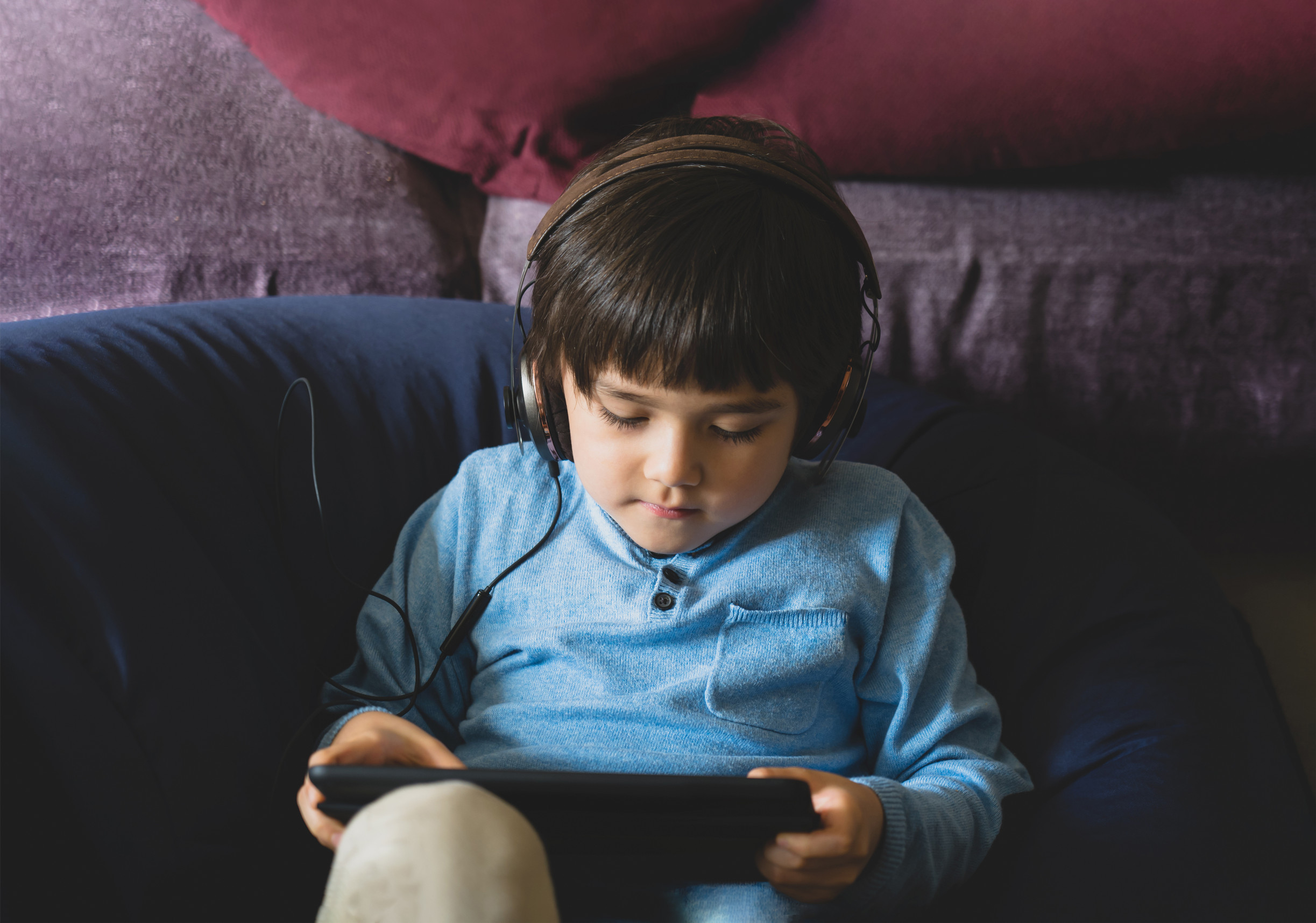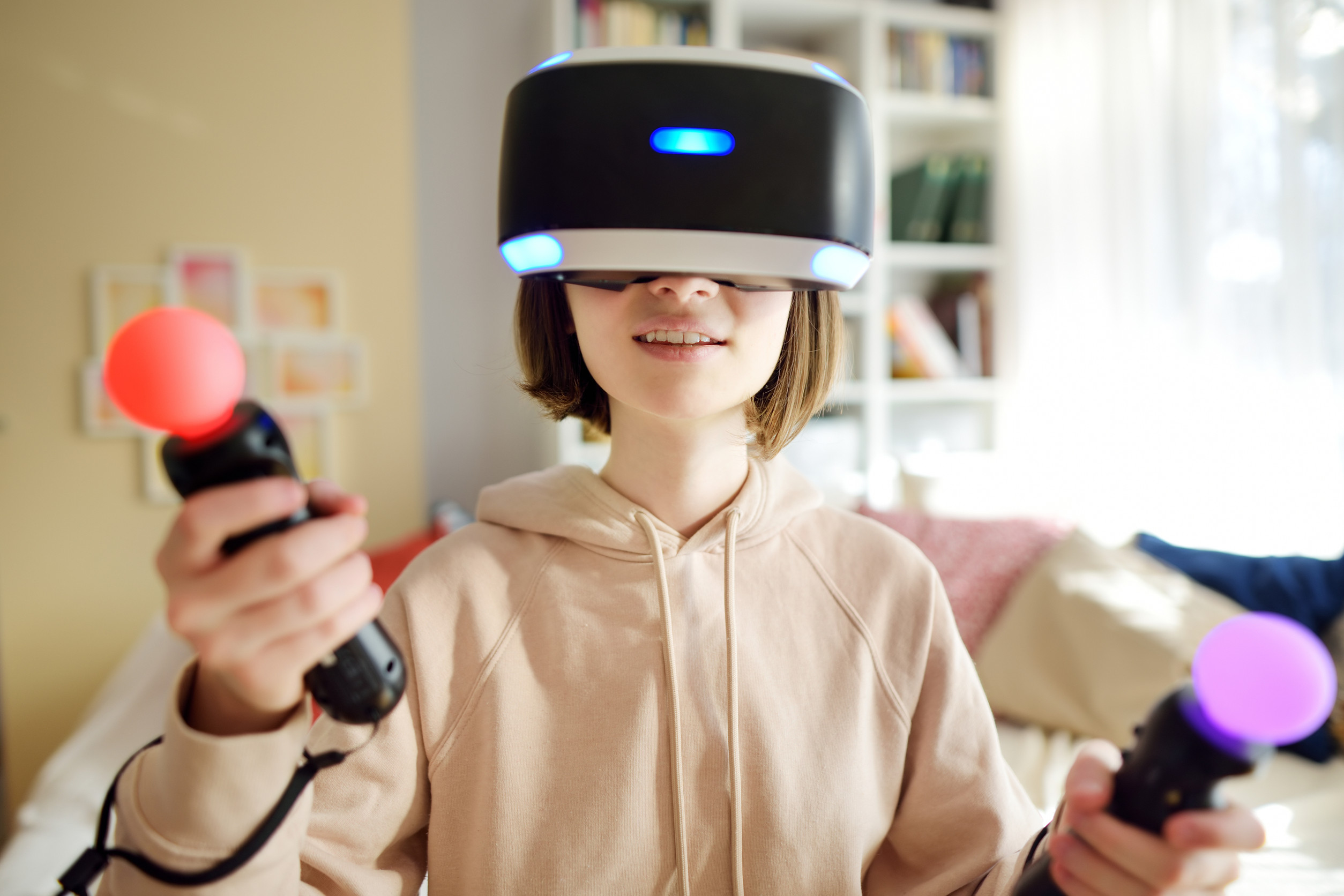Parents often turn to research for guidance when raising kids, especially when it comes to technology. The flood of headlines about screen time studies can make it seem like there are clear answers about how much time children should spend on devices. But if you look closely, many of these studies oversimplify complex issues or fail to consider important factors. This leaves parents confused, worried, and sometimes making decisions based on incomplete information. Understanding why screen time studies are misleading parents is the first step toward smarter choices for families.
1. Different Types of Screens Are Treated the Same
Many screen time studies lump all device use together without distinguishing between activities. A child who is video chatting with grandparents is counted the same as one playing violent games for hours. These are vastly different experiences with different developmental impacts. When studies ignore these differences, their conclusions can feel inaccurate. Parents deserve clarity, not one-size-fits-all warnings about screen time.
2. Quality of Content Is Rarely Addressed
Not all screen time is equal, but studies often treat it as if it is. Educational apps, online learning, or creative projects can benefit kids in ways that binge-watching shows cannot. Without analyzing content quality, the data paints an incomplete picture. Parents reading these screen time studies may assume that all digital experiences are harmful. In reality, balance and thoughtful choices matter more than strict limits.
3. Self-Reporting Skews the Data
Much of the research depends on families or kids self-reporting how much time they spend on devices. People tend to underestimate or overestimate depending on their memory or personal bias. This makes the numbers far less reliable than they seem in headlines. If the foundation of a study is shaky, its conclusions are equally questionable. Screen time studies often sound scientific but can be riddled with reporting errors.
4. Correlation Is Confused with Causation
A major flaw is that screen time studies often show correlation, not causation. For example, higher screen use may be linked with lower grades, but the screens may not be the cause. Kids who already struggle in school might simply retreat to devices more often. Without separating cause and effect, studies mislead parents into unfairly blaming screens. Real solutions require digging deeper into the context.
5. Studies Ignore Social and Economic Factors
Children from different family backgrounds use technology in different ways, but many studies fail to account for this. A child with limited resources may use screens for education, while another may use them for entertainment. These differences dramatically affect outcomes. Ignoring socioeconomic context makes results less applicable across all families. Parents need insights that reflect real-world diversity, not broad generalizations.
6. Screen Use Outside the Home Is Overlooked
Many screen time studies measure only what happens in the home environment. However, kids are often on screens at school, in extracurricular activities, or even during healthcare visits. Without counting this usage, studies underestimate how much time kids truly spend on devices. This leads parents to believe their child is within limits when, in reality, the situation is different. To be useful, research must look at the whole picture of daily life.
7. Headlines Oversimplify Complex Findings
Even when studies are well designed, the way media reports them often strips away nuance. Headlines are written to grab attention, not to provide context. Parents may read an alarming summary without realizing the study itself was cautious or inconclusive. This cycle of oversimplification makes families anxious for no good reason. Screen time studies may not be intentionally misleading, but the way they are presented certainly can be.
Why Parents Should Trust Balance Over Numbers
Instead of obsessing over strict screen time limits, parents can focus on balance and purpose. Asking what a child is doing on a screen is more important than counting minutes. Encouraging open conversations about healthy use teaches kids responsibility. Families benefit from focusing on quality interactions, both digital and offline. The real key is shaping technology use into something positive rather than treating it as the enemy.
Do you think screen time studies cause more confusion than clarity for parents? Share your thoughts and experiences in the comments.
What to Read Next…
- How Much Screen Time Is Quietly Reshaping Childhood Behavior?
- The Dark Side of Kids’ YouTube You Didn’t See Coming
- How Much Screen Time Is Too Much—Legally Speaking?
- 6 Parenting Tech Shortcuts That Can Expose Your Child to Strangers
- 7 After-School Activities That Are Quietly Putting Kids in Danger
Catherine is a tech-savvy writer who has focused on the personal finance space for more than eight years. She has a Bachelor’s in Information Technology and enjoys showcasing how tech can simplify everyday personal finance tasks like budgeting, spending tracking, and planning for the future. Additionally, she’s explored the ins and outs of the world of side hustles and loves to share what she’s learned along the way. When she’s not working, you can find her relaxing at home in the Pacific Northwest with her two cats or enjoying a cup of coffee at her neighborhood cafe.









